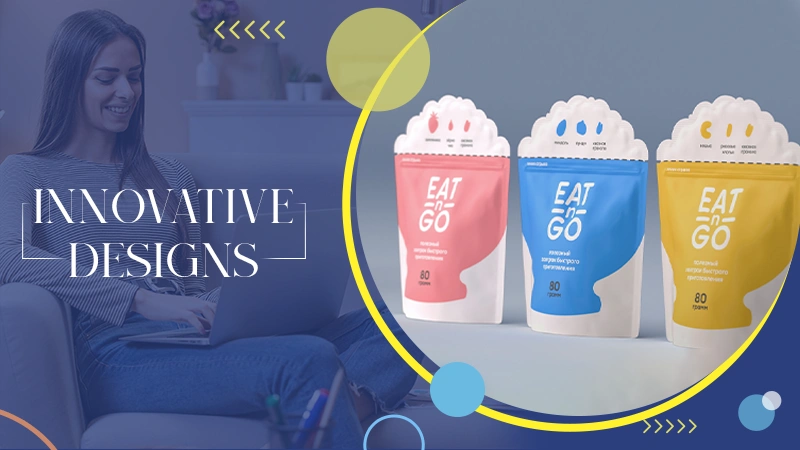Do You Really Need a Clothing Label?
Clothing Labels are an important part of clothing. In fact, their presence and absence can make or break a sale. And as a manufacturer it is not enough to attach any label to your garment, does your clothing label contain the required information?
No matter how beautiful a dress is, customers can decide not to buy it if the information on the clothing label causes them to behave in that manner.
So, if your perception about labels in clothes is one along the line of, “it’s a wasteful expenditure, I am not doing that” you will have to reconsider your stance after reading this article.
Let’s backtrack a little, clothing labels are a bit too generic. There are up to 10 different types of clothing labels so what sub-labels makeup clothing labels?
There are; brand labels, batch mark labels, special labels, use and care label, size label, manufacturer’s label, and flag labels.
Each of these labels has its own functions and they contain some type of information for the consumers or end-users to make their decision.
In this article, we will be particular about brand labels. So what are brand labels?
Brand labels are otherwise known as main labels, they can be of any size or shape. It is usually a small piece of material featuring the businesses’ name, logo, and other personal details like website address, year of establishment, a tagline, simple washing instructions, and so on.
Brand labels are an extension of brand marketing in the sense that they serve the purpose of creating a unique identity for the product and making it stand apart from other products in the market. label sizes usually vary from 20mm-70mm depending on your needs.
From observations, the more complicated your design is, the larger the label will need to be and this will increase your production cost.
Now that you have an understanding of what a brand label is, it is only fair for you to know about the types of material used in making brand labels.
The Materials Used for Brand Labelling:
There are different types of material in making clothing labels in general, but the suitability of a material as a brand label depends largely on the complexity of your design and your budget.
Woven labels: These are perhaps the most common type of material in the label industry and because of their value for money. Woven labels are usually made with thin polyester threads that are woven on a loom, they are highly flexible and allow the ingenuity in your original prototype to exist in the design.
Printed labels are commonly attached to the seams on the inside of the cloth, they are also commonly used for use and care labels but if used as brand labels, you will also find the use and care and size label in the same form.
Heat transfer labels are a form of tagless labels that are printed directly on the inside of the garment. They do not cause skin discomfort associated with other labels. The only limitation here is that the color can fade over a long period.
Also Read- Tips to Keep your Clothes Looking New
Follow Us
Latest Post















